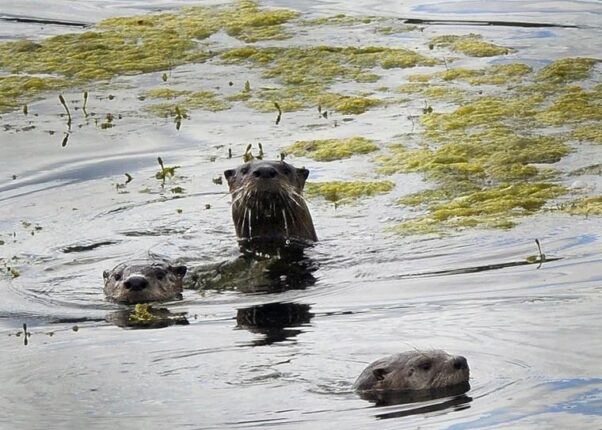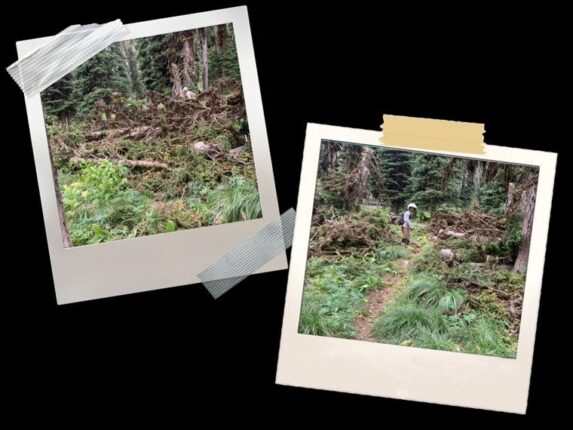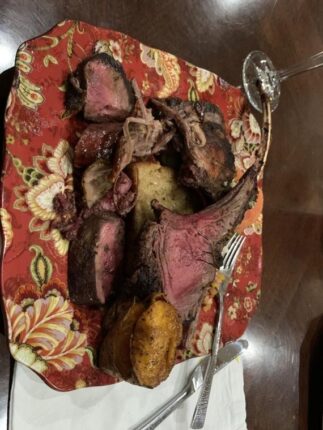BOISE — Idaho wildlife officials on Thursday approved expanding trapping for river otters despite widespread opposition.
The Idaho Fish and Game Commission approved a plan that lifts trapping restrictions on the mainstem of the Middle Fork of the Clearwater River, mainstem of the Snake River and mainstem of the main Salmon River. It also lifts restrictions on portions of the North Fork of the Payette River.
Commissioner Ron Davies of Clayton voted against the change, noting the commission should also consider Idaho residents who want to see otters in the wild but don’t want to kill them.
“There is a significant portion of the residents of the state of Idaho that don’t want to see this happen, and the responses are overwhelming toward that,” he said. “But probably my biggest reason against this is that trapping is under a microscope right now, particularly after the changes that were made to wolf trapping in our state. This will add fuel to the fire of that community that is against trapping.”
About 100 otters have been killed in Idah so far this trapping season, according to the Idaho Department of Fish and Game. The maximum number of otters that can be trapped is 160, and that’s broken down to maximum quotas in various regions of the state. The current season runs to March 31, or until a region’s quota is reached.
The change approved by the commission expands where trapping can occur, but retains the maximum quotas for each region.
State officials said there are between 50 and 80 trappers who pursue river otters, and that the Idaho Trappers Association expressed interest in the expansion. Backers said trapping is part of Idaho’s heritage and cited in the Idaho Constitution.
“When I first heard this I thought, well, OK, I can see their point,” said commission member Don Ebert. “Maybe we shouldn’t trap the river otters. People can see them, everybody loves them. I love them. I love to look at them. But the bottom line is, the heritage of the state of Idaho is to preserve the right of hunting, fishing and trapping. That’s a big deal in Idaho. With more population, more infringement on wild areas, that’s going to become more of an issue all of the time.”
Idaho lawmakers last year expanded wolf trapping and snaring to reduce wolf numbers, an action decried by environmental groups and that is being challenged in federal court.
John Robison of the Idaho Conservation League called the commission’s decision to expand river otter trapping baffling.
“While hopefully river otters will still be seen in these rivers, there will be fewer opportunities for folks to have memorable encounters with river otters,” he said in an email to The Associated Press. “Decisions like these tend to alienate large swaths of the public, just at a time when Fish and Game needs more volunteers, partners, and supporters than ever before to accomplish their mission.”










